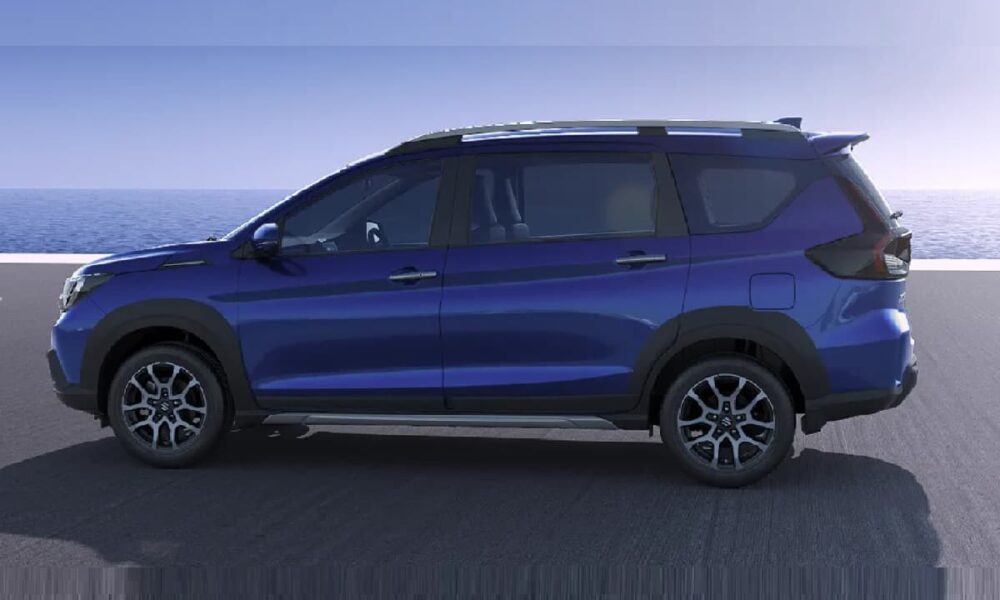When it comes to selecting a car, color is often one of the most visually striking and personal choices. Beyond aesthetics, the color of your car can influence how others perceive you, and more importantly, it can affect the resale value of your vehicle. Understanding the psychology behind car colors and how they impact consumer preferences and market trends can help you make an informed decision when buying a vehicle.
The Psychology Behind Car Colors
Car colors, like any other colors, evoke certain emotions and can create subconscious associations. Different hues are linked to specific traits, and people often choose car colors based on how they want to be perceived or how they feel about themselves.
- Black: Power and Sophistication
Black cars are often associated with luxury, elegance, and power. They exude a sense of authority and control, which is why many luxury vehicles and executive sedans are painted in black. People who choose black cars are often perceived as ambitious and in control. However, black cars can be harder to keep clean, as dirt and scratches are more visible. - White: Cleanliness and Simplicity
White is a popular color choice due to its clean and simple appearance. It is often associated with purity and modernity, which is why it’s a common color for electric vehicles and high-tech cars. White vehicles tend to stay cooler in hot climates and are easier to maintain in terms of scratches and dents visibility. - Red: Energy and Excitement
Red cars are linked to passion, energy, and excitement. This vibrant color grabs attention and is often chosen by drivers who want to make a bold statement. Sports cars are commonly seen in red, and drivers of red vehicles are often perceived as more outgoing and adventurous. However, red cars may also have higher insurance premiums due to the perception of riskier driving behavior. - Blue: Trust and Stability
Blue is a calming color that inspires trust and stability. Darker shades of blue are often associated with professionalism, while lighter blues evoke a sense of calm and friendliness. Blue cars are a solid choice for those who want to appear dependable and approachable. They are commonly seen on family-oriented vehicles and sedans. - Silver and Gray: Modern and Practical
Silver and gray cars represent modernity and practicality. These neutral shades are often chosen by those who prefer understated elegance without drawing too much attention. Silver cars, in particular, reflect light well, making them a safe option for night driving. These colors are also known for their easy maintenance, as dirt and scratches are less noticeable.

How Car Colors Impact Resale Value
While car color is often a personal choice, it can significantly influence the resale value of your vehicle. Certain colors tend to hold their value better than others, depending on the trends and demand in the used car market. Here are key factors to consider:
- Popular Colors Hold Value Better
Neutral and classic colors like white, black, silver, and gray generally have better resale value because they appeal to a broader audience. These colors are timeless and safe choices that do not go out of style, making them easier to sell when the time comes to upgrade your vehicle. - Bright Colors Are a Double-Edged Sword
Vibrant colors like red, yellow, and orange can be a hit or miss in the resale market. While they may stand out and attract a certain type of buyer, their limited appeal may also make it harder to sell the vehicle. However, if you’re selling a sports car or a vehicle that aligns with these bold hues, you may find a niche market willing to pay a premium for these unique colors. - Trendy Colors May Fade in Value
Some car colors gain popularity for a short period due to fashion or cultural trends, such as matte finishes or specific shades like teal or brown. While these colors may seem appealing when they are in style, they can lose value quickly if they fall out of favor, making it harder to resell the car at a good price. - Geographical Impact on Color Popularity
Location can also affect how a car color retains its value. For example, white cars are more popular in hotter climates due to their heat-reflective properties, while darker colors may be more desirable in cooler regions. Understanding local preferences can be a strategic advantage when considering the future resale value of your car.
Choosing the Right Color: Balancing Preference and Practicality
When choosing a car color, it’s essential to balance your personal preference with practical considerations like maintenance, safety, and resale value. Some colors require more upkeep, while others offer better visibility on the road. Consider the following tips:
- Maintenance: Lighter colors like white and silver are easier to maintain as they hide dirt and scratches better than darker hues like black or navy.
- Safety: Studies have shown that lighter-colored cars, especially white, are less likely to be involved in accidents due to their increased visibility on the road.
- Market Trends: If you plan to sell your car in the future, opt for popular and neutral colors to maximize resale value.
Conclusion
The psychology of car color goes beyond personal preference. It can affect how others perceive you, impact the safety of your vehicle, and even influence its future resale value. While bold and unique colors can make a statement, neutral and classic hues tend to be safer choices for maintaining long-term value. As you decide on your next car color, consider both the emotional and financial impact of your choice.


